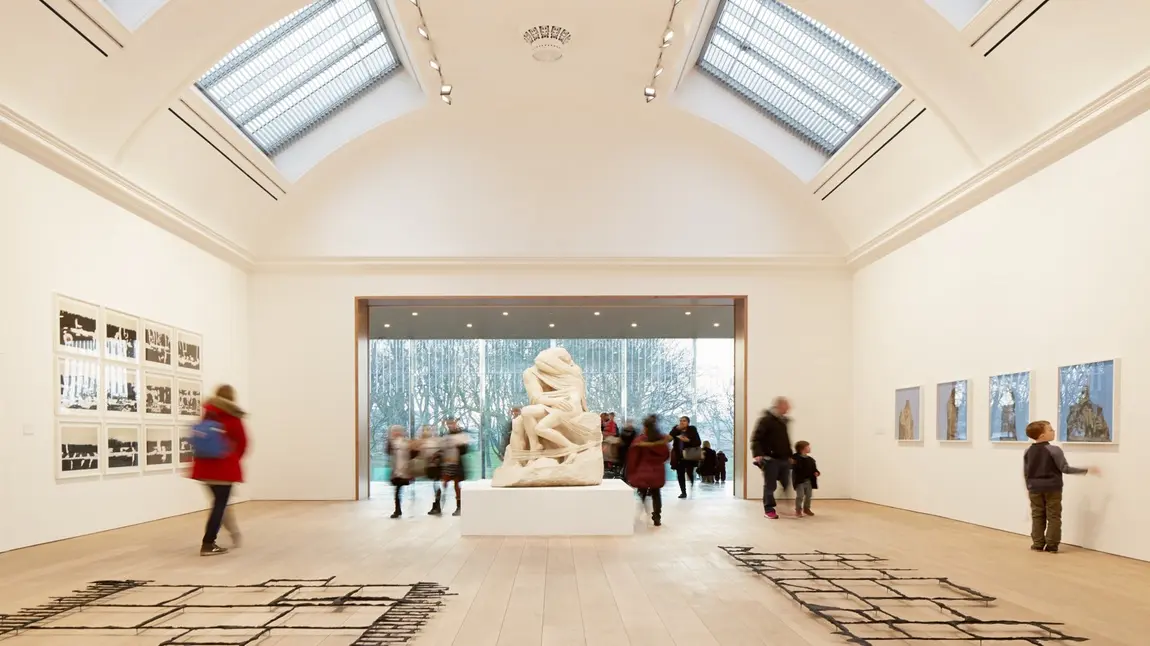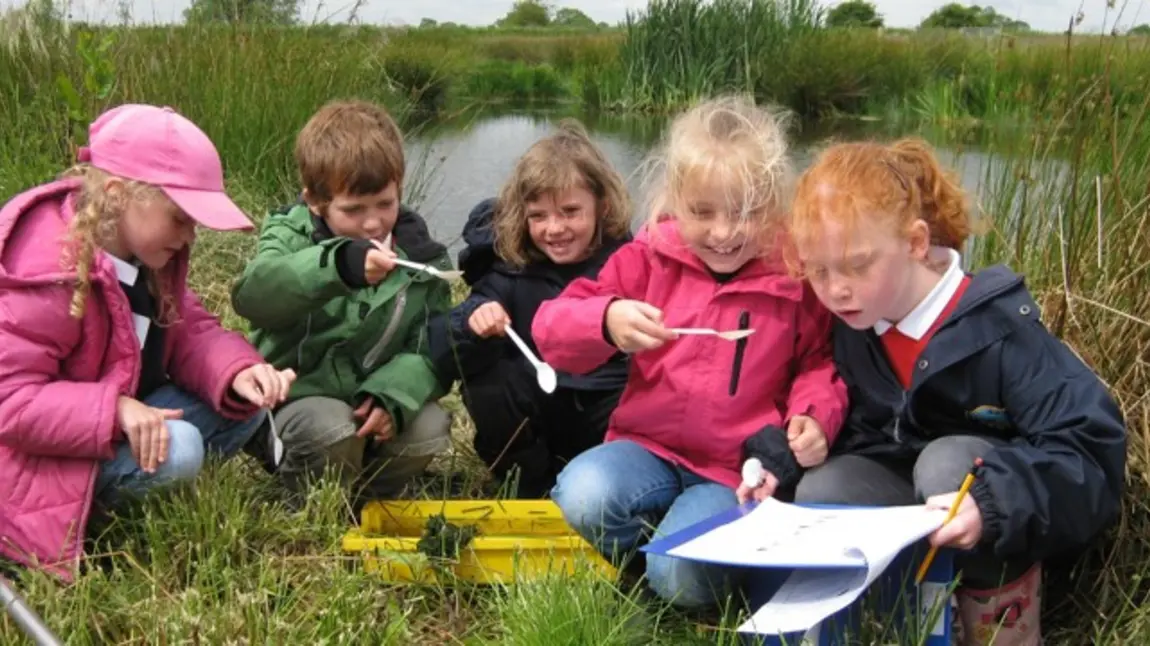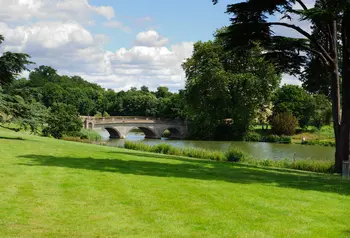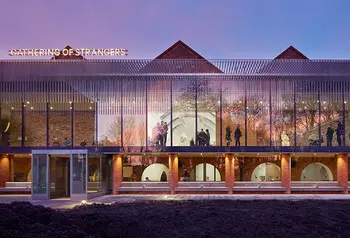Our heritage: we are only trustees

As the largest funder of heritage projects in the UK, we expect projects to follow best practice on climate change adaptation and environmental sustainability measures. However, we recognise that some organisations will need support to do this and we are encouraging people to build a closer relationship with Fit for the Future, a network dedicated to helping people and projects to ‘go green’.
Showing leadership
HLF has always been acutely aware of its environmental sustainability responsibilities. The policies we set and the decisions that we make about funding send strong messages about what matters most in terms of the long-term care of our heritage.
We aim to show leadership on key issues and to encourage all those involved in caring for the natural and built environment to act as good custodians so that we can pass on our heritage for future generations to enjoy.
This is why we were one of the first major funders to focus attention on the issue of environmental sustainability, introducing our first environmental impact policy in 2008.
The policy was intended to deal with the most significant, negative environmental consequences that could arise on projects we fund and covered: energy, water, construction material, construction waste, timber, soil, biodiversity and visitor transport. In more recent years we took the decision to include ‘reducing negative environmental impacts’ in the outcomes framework that we introduced in the current strategic framework.
[quote=William Morris, Founder of the Society for the Protection of Ancient Buildings]"We are only trustees for those that come after us."[/quote]
Happily general awareness of the need to think about environmental sustainability in relation to the bigger issue of climate change has moved on a great deal in the last 10 years. Many measures such as low energy lighting, renewable energy generation, recycling and rainwater harvesting, are now commonplace in capital projects.
Retrofitting for the future
We also know much more about how to retrofit old buildings in a way that doesn’t harm their character or performance thanks to pioneering work by the Society for the Protection of Ancient Buildings (SPAB) and the Sustainable Traditional Buildings Alliance. Building owners and their professional teams have access to excellent sources of advice and can learn from projects where measures to reduce energy use have been successfully implemented.
So it came as no surprise when the research that we commissioned earlier this year to investigate how well grantees were tackling the issue of environmental sustainability showed us that for many project teams this is now a mainstream issue.
Given the abundance of good practice guidance now available to culture and heritage organisations, we were also keen to understand whether there was a need to update our environmental sustainability guidance. In response many grantees told us that as they already have a strong environmental ethos and expert technical advisors, HLF’s guidance did not make a significant difference to the overall outcomes.
A change in our approach
This is incredibly encouraging news and has given us the confidence to suggest a change in our approach to environmental sustainability. We now feel that it is entirely reasonable to expect all our applicants to address environmental sustainability as an integral part of a delivering a good project.
In the future we will therefore be sending out a clear message that we expect projects to follow best practice on climate change adaptation and environmental sustainability measures in the same way that we expect them to follow best practice in terms of conservation approaches and evaluation etc.
However, we recognise that some organisations will need support to do this and we are encouraging people to build a closer relationship with Fit for the Future, a network dedicated to helping people and projects to ‘go green’.
What is Fit for the Future?
Fit for the Future is a partnership between the National Trust and Ashden that brings together more than 80 organisations to take practical action on climate change. Its members work together to make their organisations climate-friendly, adaptive and resilient.
It operates on the principle that, more often than not, the solution is already out there when it comes to making buildings, land and whole organisations more sustainable. We will therefore be encouraging grantees, new and old, to become part of the network so that they can learn from others and in time share their own stories.
HLF-supported projects are already doing great things in this respect, but by pooling knowledge and resources we can achieve much more.
Efallai y bydd gennych chi ddiddordeb hefyd mewn ...



